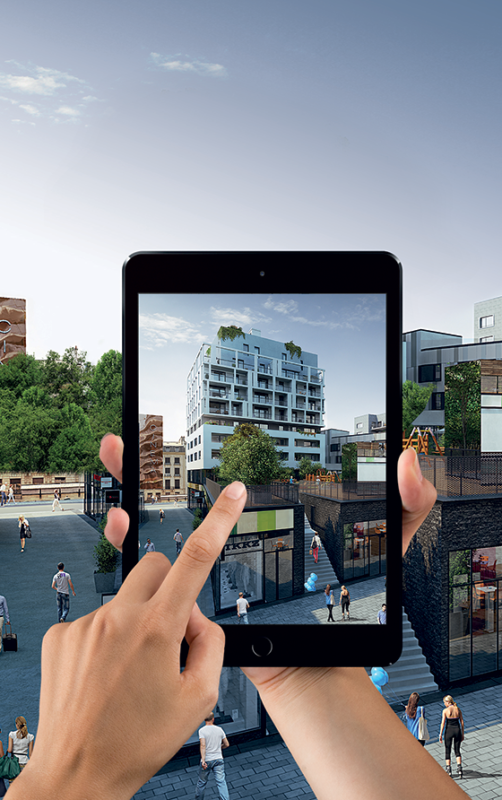Technology in the customer daily life
Technology has clearly become part of our daily life. We now all have a smartphone or a tablet. According to KPCB report in 2017, more than 52% of internet users in the USA use a mobile device to browse the web.
Technology changed our way of communication but also the way we get information, thus turning us into smarter consumers. As a consumer, we now have the possibility to make comparisons when we want to buy something. With the big amount of data on the internet, we can get all the information we wish about an article before buying it: where is it made, what is it made of, how much is it, where can I find it cheaper? This helps us make a decision on what, where and how to buy something.
Technology turns us into smarter consumers
But technology can bring more. For instance, Ikea recently launched Place, an augmented reality application. You can now virtually visualize almost any piece of furniture from Ikea catalogue through your smartphone or tablet directly in any room of your house. Ikea best sellers are modelled in 3D and can be projected in real scale in their future real environment. The user can walk around the piece of furniture and examine it from any angle just like if it was really there. This application offers considerable advantages allowing the user to quickly make a decision and proceed to the purchase.
Augmented reality in the real estate sector
How to use AR technology for the real estate sector? Augmented reality can help you show your development projects to your prospective clients either using a trigger image in your office or in real scale on site. How does it work?
Marker-based AR:
You need to print the trigger image (also called marker) on a brochure, a visit card or a mere piece of paper. Download the AR application on your mobile device and point it to the marker to scan it. The application will recognize the 2D trigger image and the 3D model will pop on top of it. Your client can even go back home with this interactive image to show it to his family!
On-site and real-scale AR:
On site, directly on the construction area, you can make the 3D model of the house or building appear in real scale in front of you before the foundation stone is even laid!
In both cases, the Wow factor is achieved!
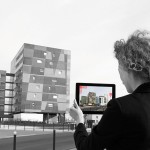
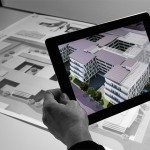
Virtual reality, an added-value in your real estate application
Your real estate application can also include virtual reality functionalities. With virtual reality, you no longer need trigger images! VR allows you to have a virtual 3D model of your building and navigate around it either from human height (pedestrian mode) or from above (aerial mode).
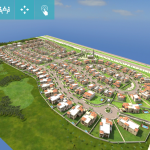

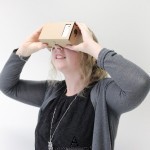
Experience virtual immersion: Experience full immersion by slipping your smartphone inside a Google Cardboard. After enjoying the outdoors of your development project, you can also virtually visit the interior or the apartments. Try either options:
360° views allow you to totally immerse in the future environment.
Use the walkthrough mode to visit the entire apartment from the living room to the kitchen with a glimpse at the bedrooms and bathroom. You will feel just like if you were really visiting the apartment.
Augmented reality or virtual reality? No need to choose, our real estate applications include both technologies.
How to convert a user into a customer – because that’s the goal after all…
Get to know the customer behind the screen
You can collect information about your prospective customers when they access your web or mobile application and fill contact forms either to directly contact your sales offices or to obtain a quotation.
The prospective customer can quickly and easily get a quotation online. All he has to do is use the search tool from the web or mobile application: he will be able to choose the apartment, select the options, and press the Send quotation button. The application messaging tool will send him a detailed pricing and copy the sales officer to the email so that he can follow up.
Statistics to track your customer actions
And as soon as the user accesses your web page or application, all his actions can be tracked and turned into statistics: number of downloads, what kind of device is downloading the app, number of views, which functionality is the most looked at, etc.
Need more information about our real estate applications? Contact us.

